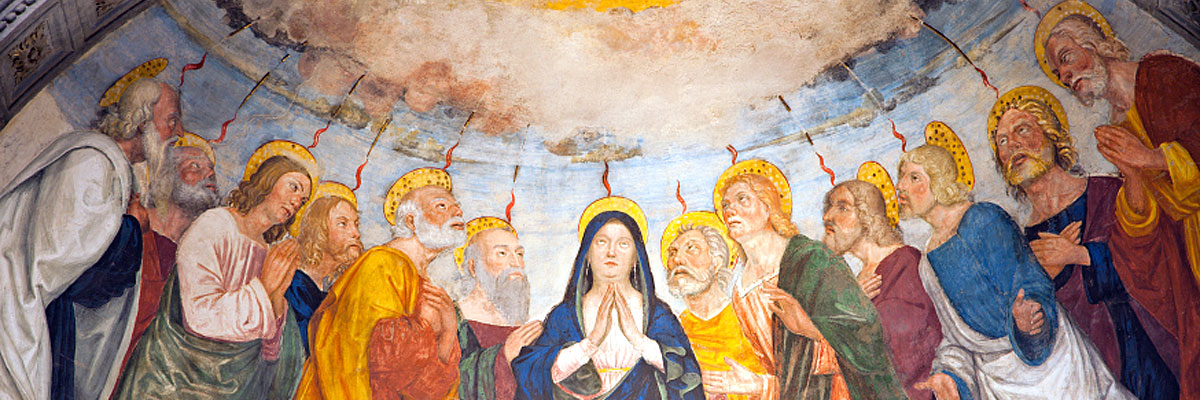
Understanding Our Church
A Treasury of Arkansas Writers Discussing the Catholic Faith
Official Website of the
Catholic Diocese of Little Rock
Tradition uses senses, elevates ordinary during worship
Published: November 15, 2003
By Betsy Wiederkehr Huss
A treasure of our Catholic faith tradition is how well we use ordinary things and our five senses to worship and grow. Take a moment and think of various worship times in your life and during the seasons of our Church calendar. We are blessed with richness through sight, smells, sounds, taste and touch.
Some scoff at our statues, Stations of the Cross, and stained glass windows, but we know they are placed in our churches to serve as visual reminders, like snapshots, that tell a biblical story or remind us of the faithful who have gone before us.
My 3-year-old child even notices when the vestment color is changed because of seasons or special celebrations. The flickering lit candles (usually before statues) are symbolic of prayer and sacrifice. The altar is our dining table where we encounter Christ. And the crucifix demonstrates his love for us and the cost involved in fulfilling that love. Our hearts and minds are being prepared by what we see.
Have you ever watched the smoke from incense and deeply inhaled its essence? I don’t mean in that dreaded way of, “Here it comes. I’m going to cough now.” But have you watched it curl and swirl and gracefully move through the church? This sweet-smelling perfume which ascends and engulfs is described by the Catholic Encyclopedia as “typical of the good Christian’s prayer, which enkindled in the heart by the fire of God’s love and exhaling the odor of Christ, rises up a pleasing offering in his sight.”
Using our sense of smell can help prepare us as well. Ringing bells can call us to worship or invite us to adoration. Truly hearing holy Scripture can challenge and encourage us. Communal prayer gives us strength and lets us know we are not alone. And music, hymns, chants and songs can set the mood, continue the story and lift our hearts, souls and minds to him.
They can literally move us in body and emotion to a dance of praise or to our knees in asking forgiveness. Yes, what we hear can effect and prepare us. We need nourishment to survive and what a feast we are provided at the table. It starts as simple bread and grape wine but after being consecrated becomes the Body and Blood of Jesus Christ.
Partaking of this eucharistic Communion renews, preserves and even increases the grace in our spiritual lives. Now, during holy Communion we can receive the Body of Christ in our own hand and drink his Blood from a communal cup. What we taste nourishes and prepares us. We dip our fingertips into holy water and then touch our foreheads, chests, left shoulders, right shoulders and back to our hands as we make the sign of our faith.
Sacred chrism is placed upon us during the sacraments of baptism, confirmation, holy orders and anointing of the sick. We touch one another during the sign of peace through handshakes, hugs and even kisses. These touches can heal, help and prepare. All of these — sights, smells, sounds, tastes and touches — are a part of our Church’s tradition.
They enhance our faith and worship in body, mind, heart and spirit. We can be drawn closer to the fullness of God through these things and therefore be better prepared when we walk out of the church building or physical space to go forth and do our Father’s work like he commanded us.



